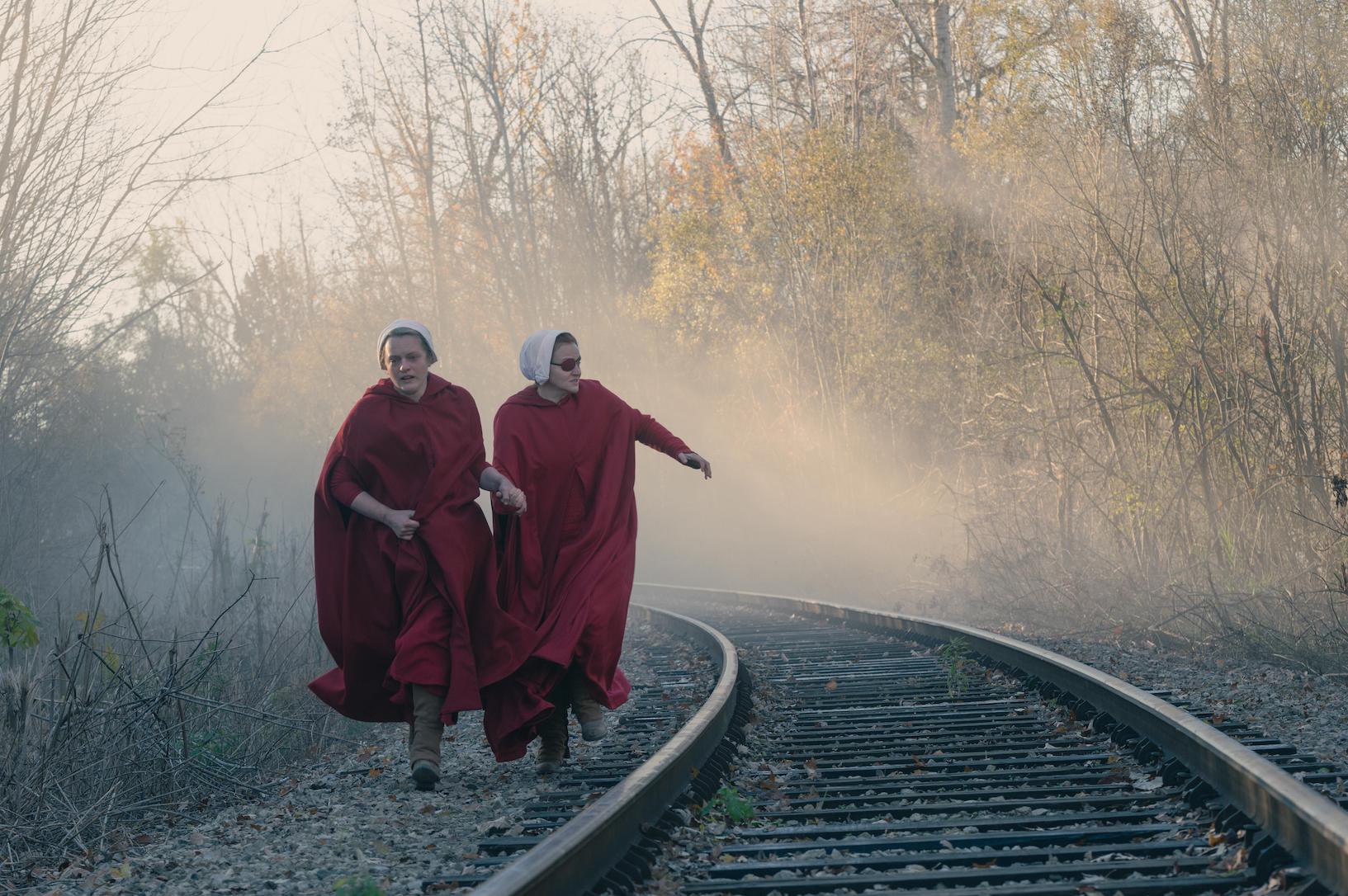‘The Handmaid’s Tale’: How Large Is Gilead?
Part of what makes The Handmaid’s Tale such an interesting story is how it messes with our concept of geography as we know it. Within the show’s alternate history, the world and the show’s main nation are shaped much differently. It allows people to question the world as they know it and considers how different things would be in this kind of scenario.
With that in mind, let’s take a closer look at just how large the fictional land of Gilead is within the context of the show.
‘The Handmaid’s Tale’ reimagines the world as we know it
The Handmaid’s Tale is a dystopian social commentary on the patriarchy run amok, and what could happen were it left unchecked. Based on a novel by Margaret Atwood, according to Hulu, it tells the story of the state forcing women into unwilling sexual servitude to a ruling class of powerful men.
These women struggle to survive in this totalitarian state. Elisabeth Moss plays a woman named June Osborne. Throughout the show, she progresses from being a handmaid to escaping and leading a resistance against the powers that be.
What is Gilead?
To set up a world as brutal and villainous as this one, you’d need quite an antagonist in place. The Handmaid’s Tale has it in the form of the Republic of Gilead, which has a governing body that provides obstacles for the show’s heroes at every turn.
The Republic of Gilead is also known as Gilead. It’s a theocratic government that oversees the land taking up what was formerly known as the United States. Details on how they govern or how they came to power aren’t comprehensive/ But it’s clear that a party of men known as the “Committee” is in charge.
Women are subjugated for the benefit of men. All the worst elements of sexism and patriarchal privilege are on display. Gilead’s capital is Washington, D.C., much like the nation that proceeded it. Throughout the run of the show, the Republic is in an open civil war with a large group of resistance fighters, mainly made up of women.
While Gilead has risen to replace the United States in the show’s universe, that doesn’t mean it mimics the U.S. exactly in terms of makeup or size. But how large is Gilead, exactly?
How large is Gilead?

Screen Rant attempted to answer the question of just how big Gilead is. Large portions of the former U.S. make up Gilead, but there are also a lot of pockets with resistance fighters where official control is less clear-cut.
To help clarify, the show’s official Twitter account posted a map of of the fictional area. While asking the iron-fisted government of Gilead who they control may yield a different answer, the map defines the following areas in the U.S. in the show’s timeline:
- Wasteland colonies district
- District loyal to the Republic of Gilead
- District under conflicts
- Rebel occupied area
The area loyal to Gilead includes much of the Midwest, the Mid-Atlantic Region, much of the Northeast, and some of New England. Much of the South and Western part of the U.S. are either under conflict or in open rebellion. The Wasteland extends from around Kansas to Nevada. The new season shows Chicago, which is conflict territory.
What does this mean for the show’s geography? Well, Gilead is much smaller than one might think. The entire U.S. is in no way loyal to Gilead. This is part of what makes the show so compelling. With nearly an entire continent in open rebellion against a horrific government, there’s no shortage of storylines the creative team behind the series can explore.


